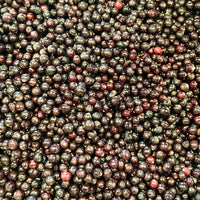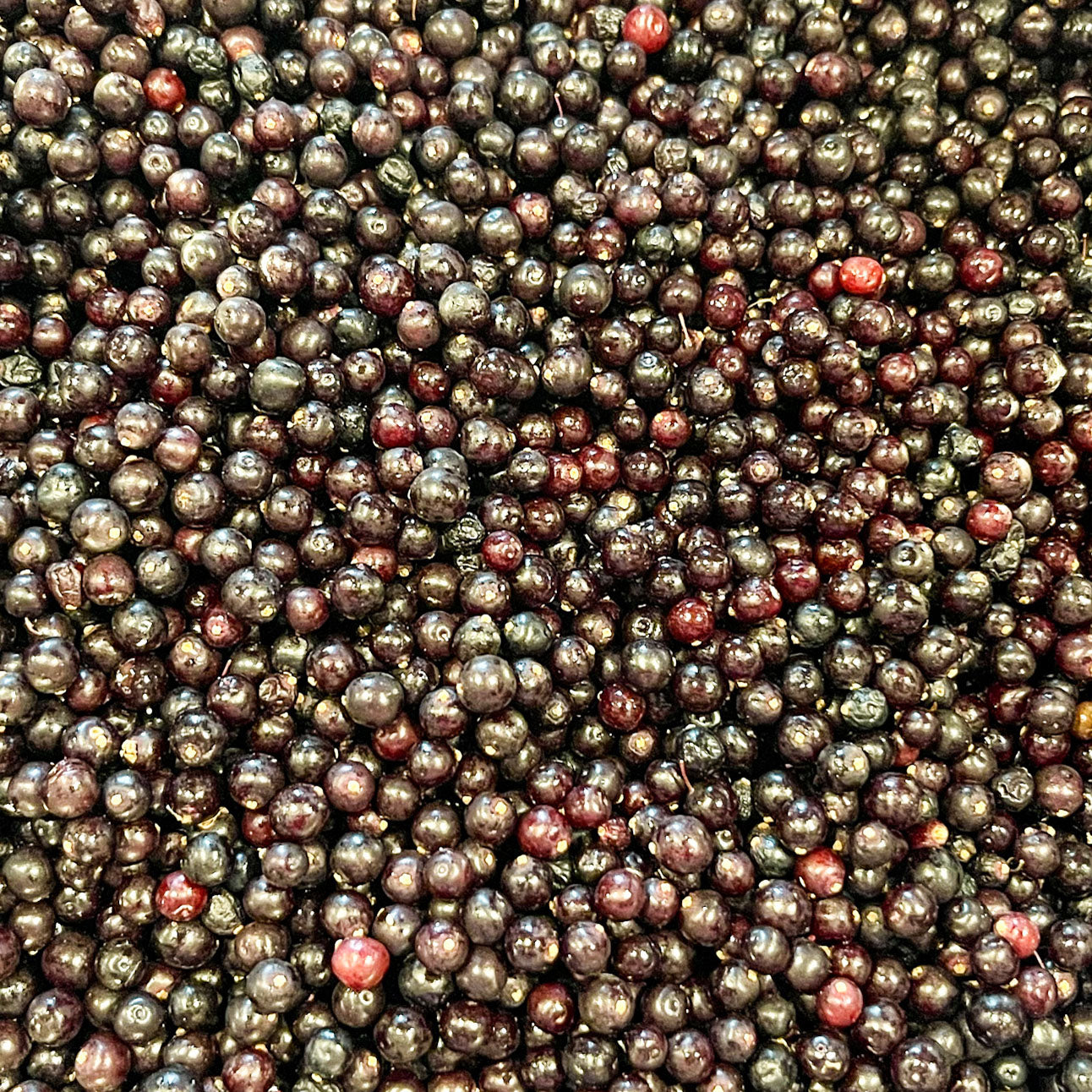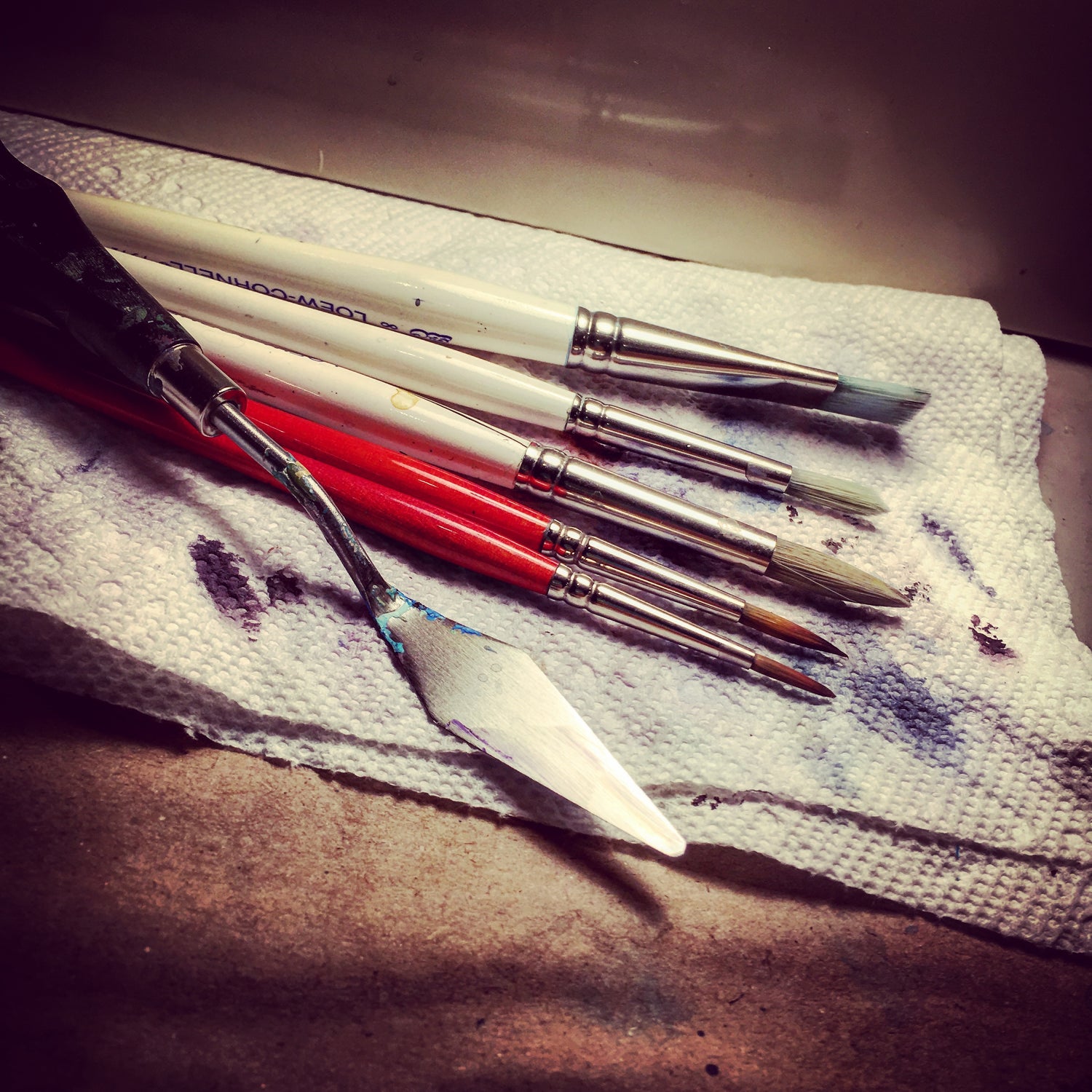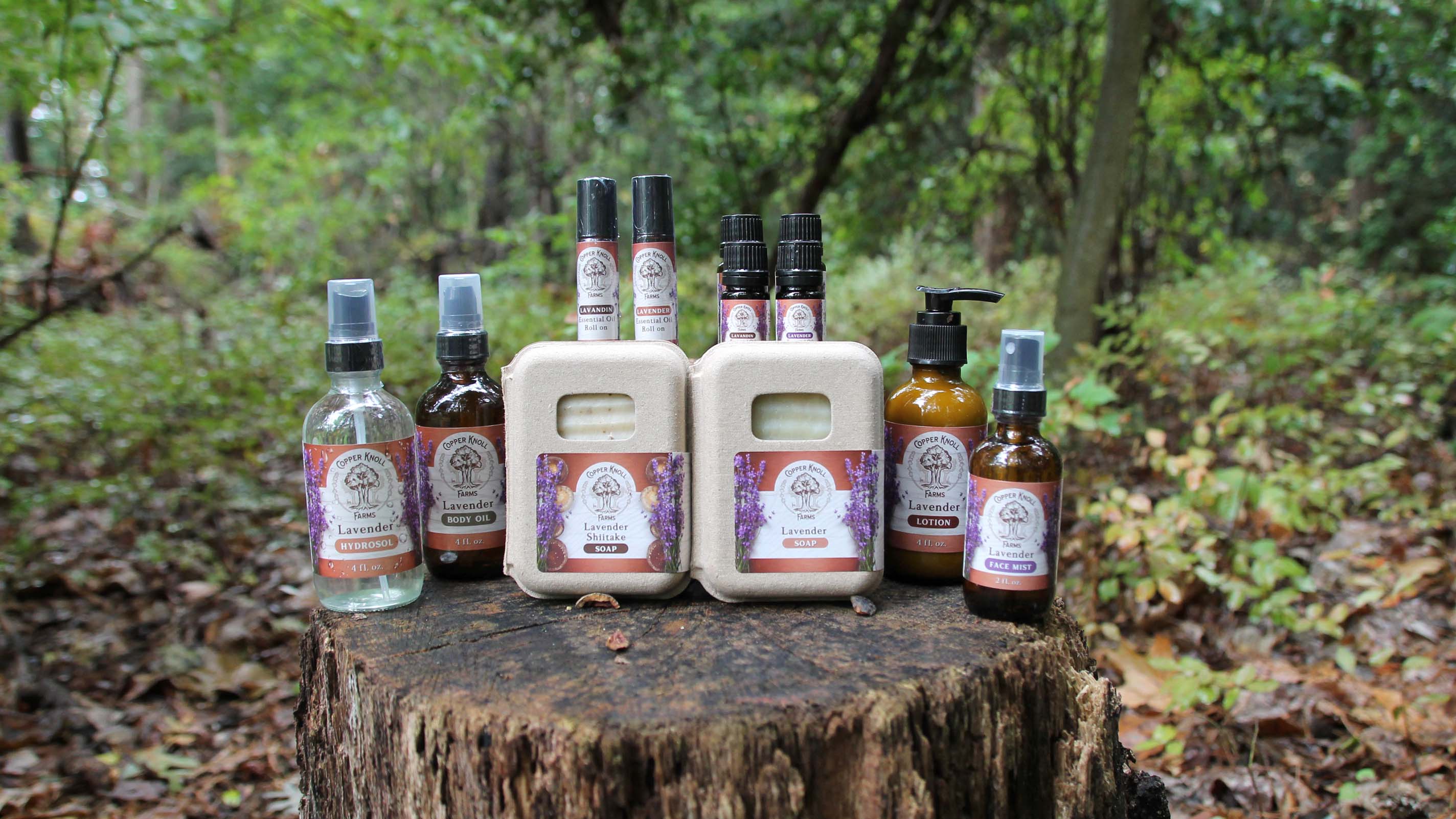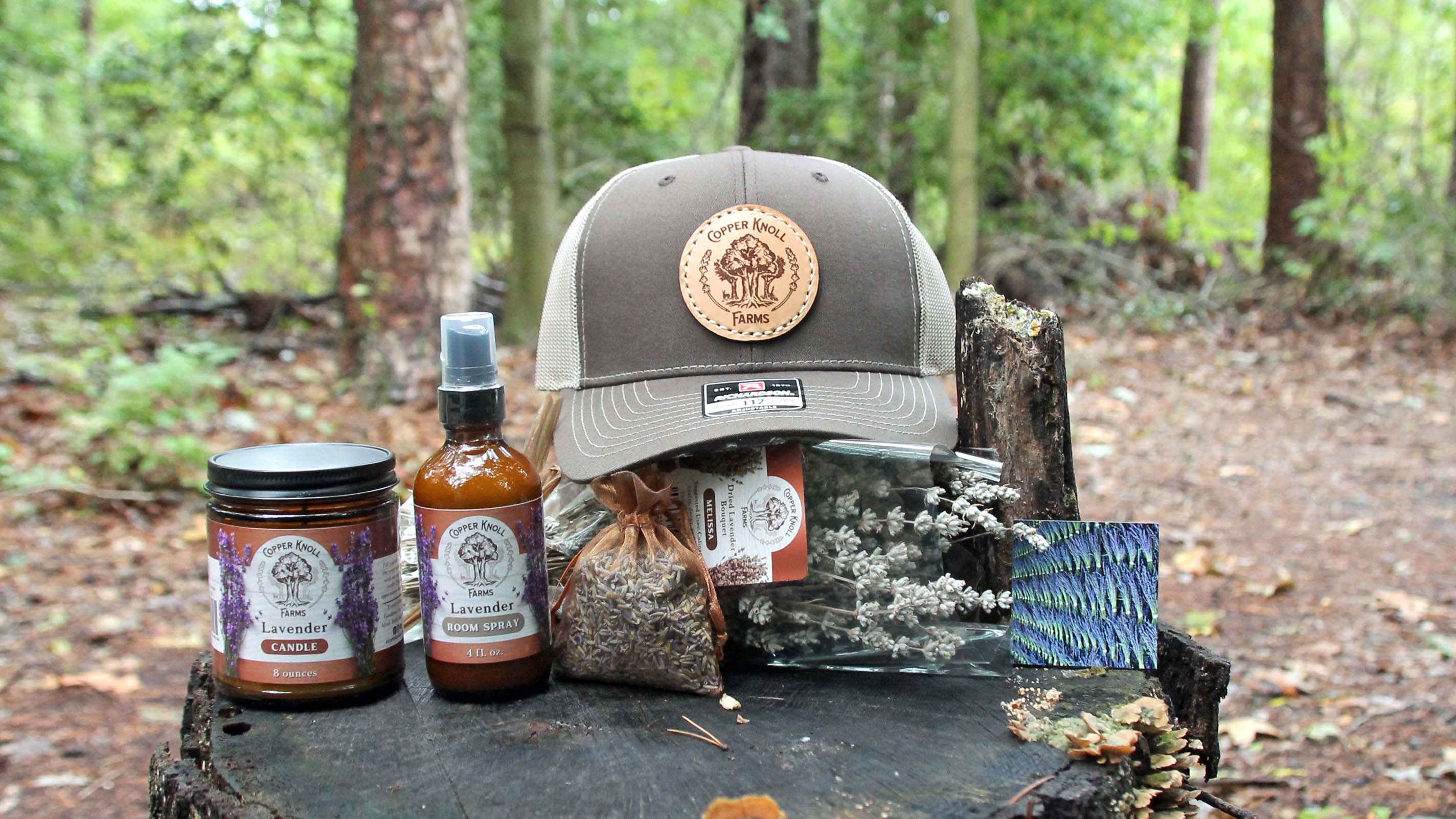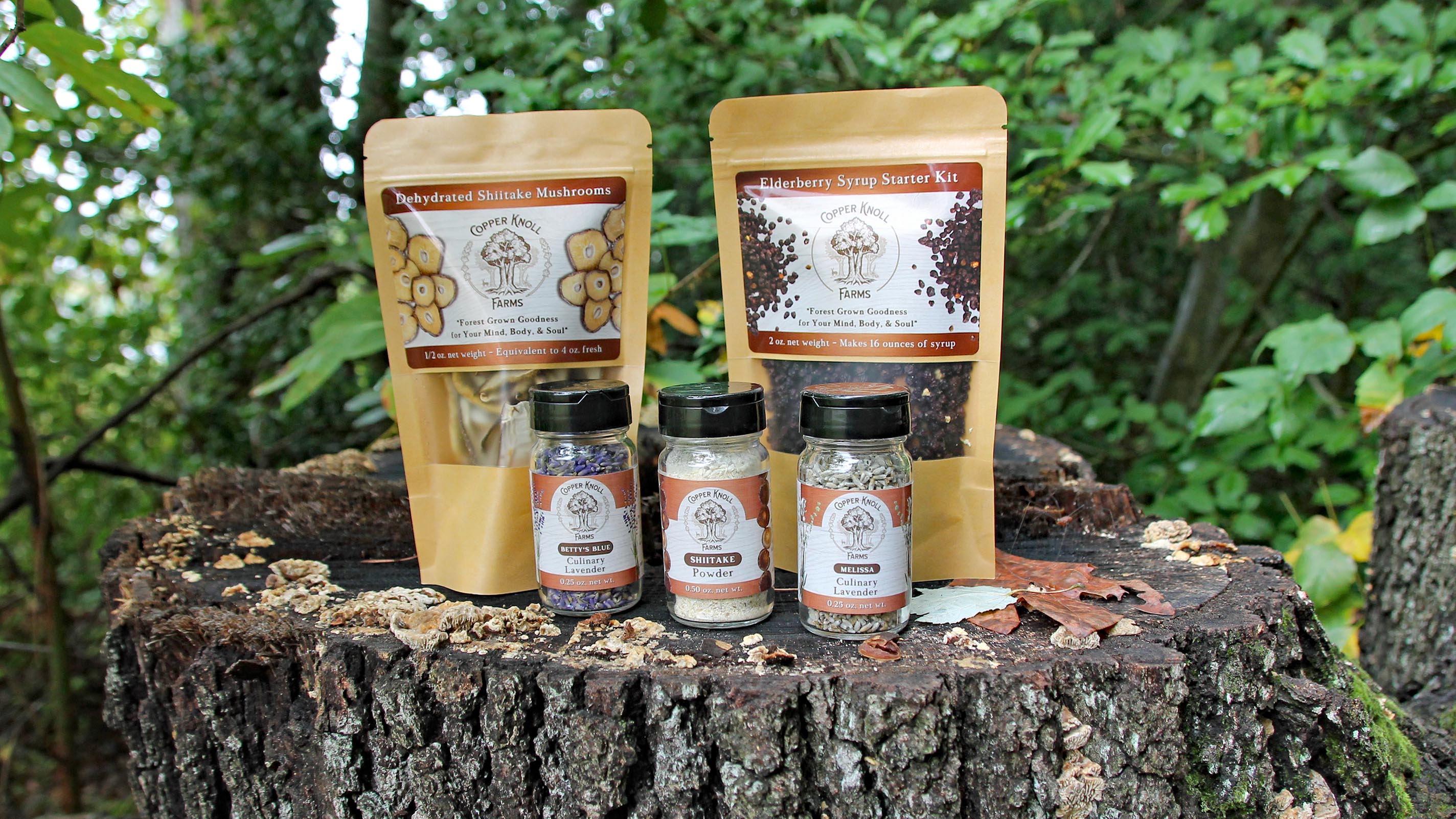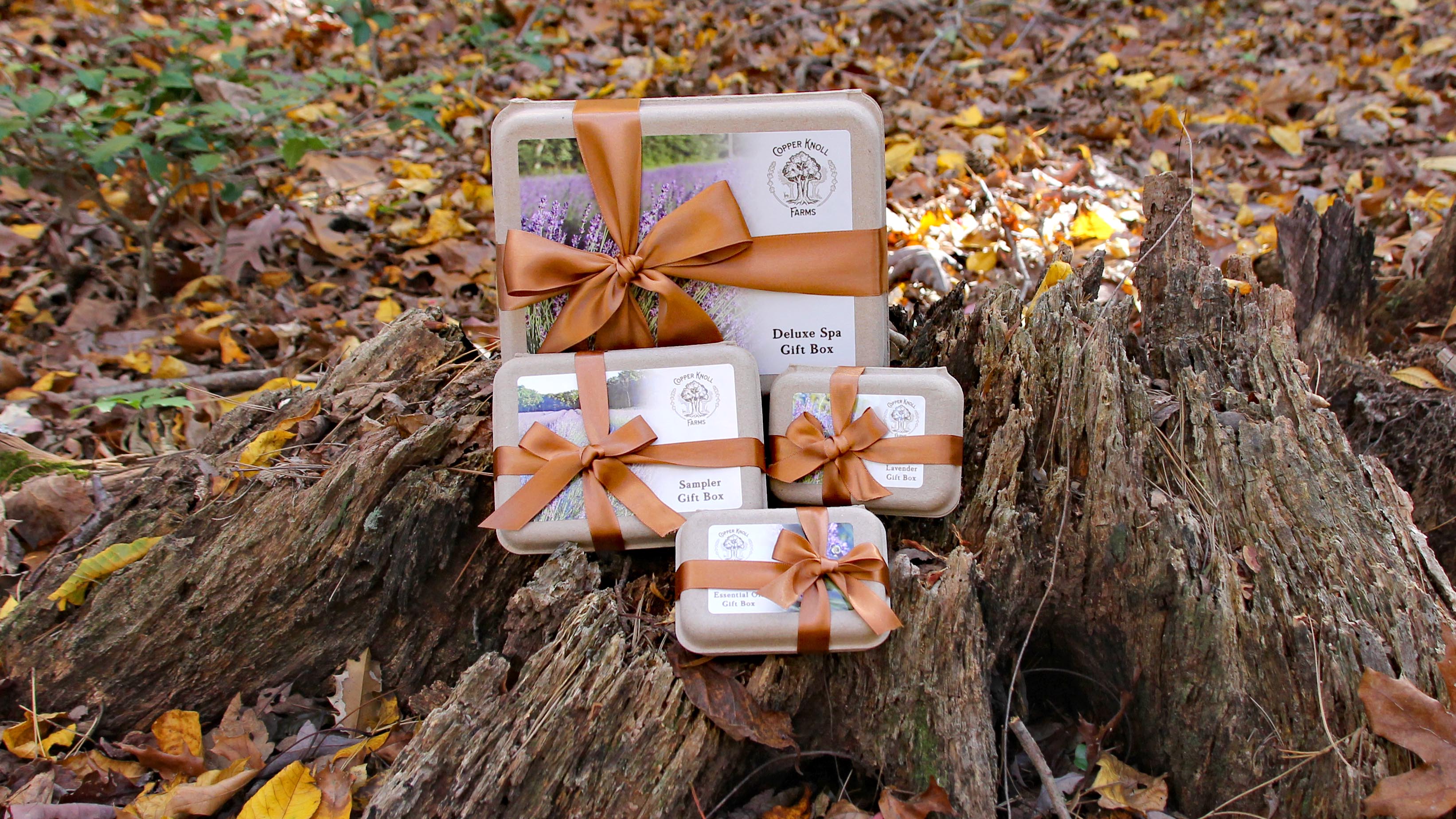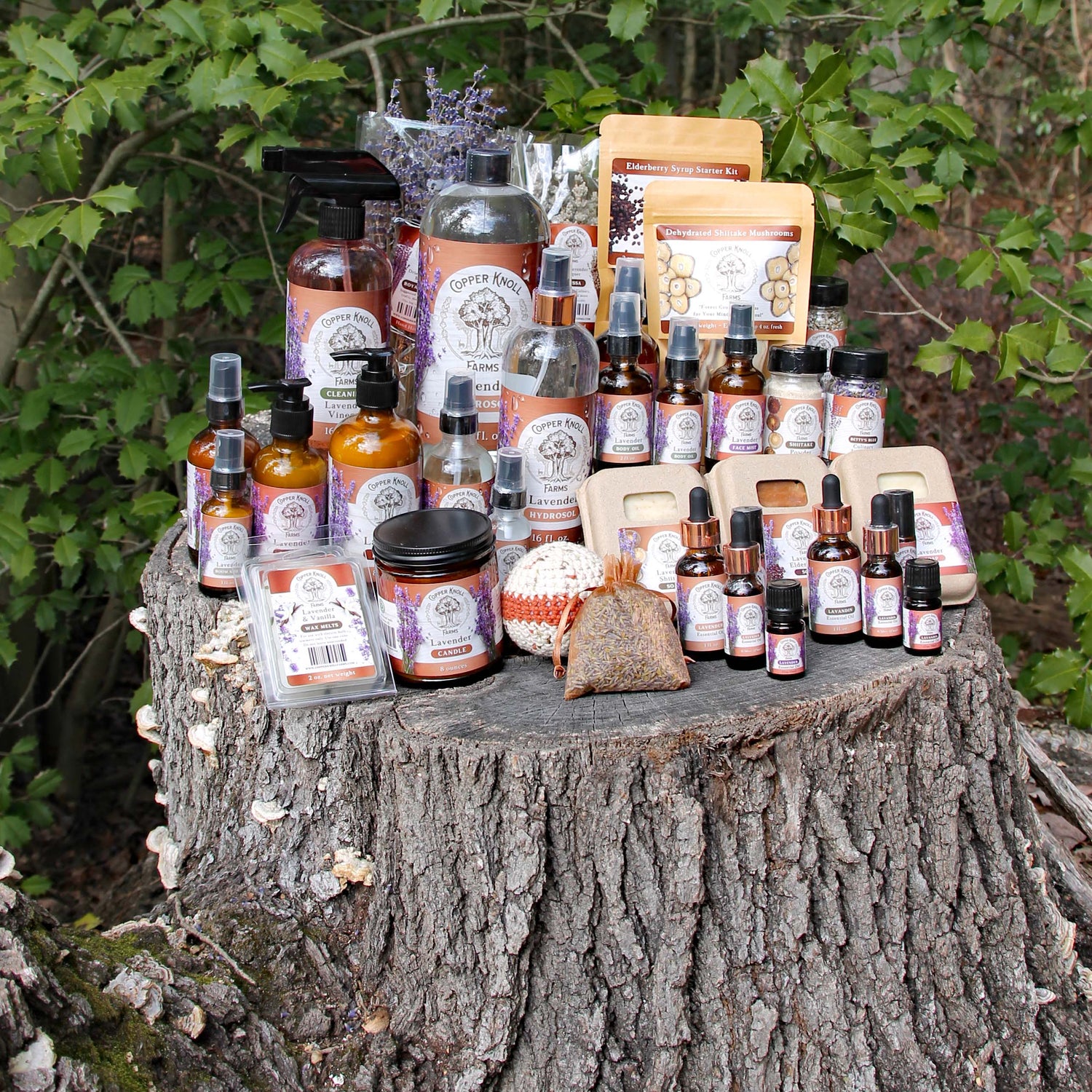Cultivating Lavender: A Guide to Successful Propagation
Love Lavender? Here’s How to Grow More!
If you’re already enjoying the calming scent and beauty of lavender in your garden, you're in for a treat. This guide is for those who want to spread that lavender love even further. Whether you're a seasoned lavender fan or just getting started, propagating lavender is a great way to grow more from what you already have. Let’s walk through how to turn your lavender plants into a lush lavender-filled space right in your yard.
Check for Patents: Can You Propagate Your Lavender?
Before you start multiplying your lavender, it's important to make sure you're allowed to propagate it. Some lavender varieties are patented, meaning they have legal protections, and it's not okay to propagate them without permission. Check the plant tag for patent info, or look it up using tools like Google Patent Search or the "Patent Public Search" database. Staying within legal guidelines shows respect for the hard work of plant developers and keeps everything above board.
Timing is Key: When to Propagate
Timing makes all the difference when it comes to propagating lavender. The best time to start is from early spring through late summer, during the plant’s growing season. After you take your cuttings, give them about 8-10 weeks to root before moving them to a permanent spot. Aim to plant your newly rooted lavender at least 4-6 weeks before your area's first frost so they have time to get settled before the cold sets in. This way, you’re setting up your lavender for success.
Keep It Clean: Preparing to Take Cuttings
Once you've checked your lavender’s patent status, make sure you’re using clean tools. Take a 3-4 inch cutting from your lavender plant, making sure there’s about an inch of wood at the bottom for better rooting.
Prep Your Cuttings: Remove the Leaves
To get your cutting ready for planting, remove the leaves from the lower half. This is the part that will be in the soil, and removing the leaves helps encourage strong root growth. It’s a small step but super important for a healthy new plant.
Use Rooting Hormone for a Boost
To give your lavender cuttings the best chance at success, dip them in rooting hormone. Pour a small amount into a separate container to avoid contaminating the whole jar, then dip the cut end into water and the hormone. This will give the roots a little extra encouragement to grow.
Plant and Care: Setting the Stage for Growth
Place your lavender cuttings in moist, well-draining soil. Make sure to check them regularly—at least a few times a day—to keep the soil moist but not soaked. Getting the moisture balance right early on is key to helping those roots develop.
Watch Them Grow: A Little Patience Goes a Long Way
Propagation takes some time, but the reward is worth it. Keep an eye on your cuttings, give them care, and soon enough you’ll see new lavender plants sprouting up. It’s a great reminder of how a bit of effort can lead to something beautiful.
You’ve Got This!
Lavender propagation might seem intimidating, but with a little know-how and confidence, you can do it! Trust yourself, enjoy the process, and soon you’ll have a whole garden of lavender to enjoy.
Tools and Supplies: Our Top Picks
Need some tools to get started? Check out our favorite picks on Amazon by clicking here. From pruning tools to rooting hormone, these products are handpicked to make your lavender propagation journey even smoother.
As you dive into propagating lavender, enjoy the process! With patience and care, you’ll soon find yourself surrounded by the soothing scent and beautiful blooms of your very own lavender garden. Happy propagating!






